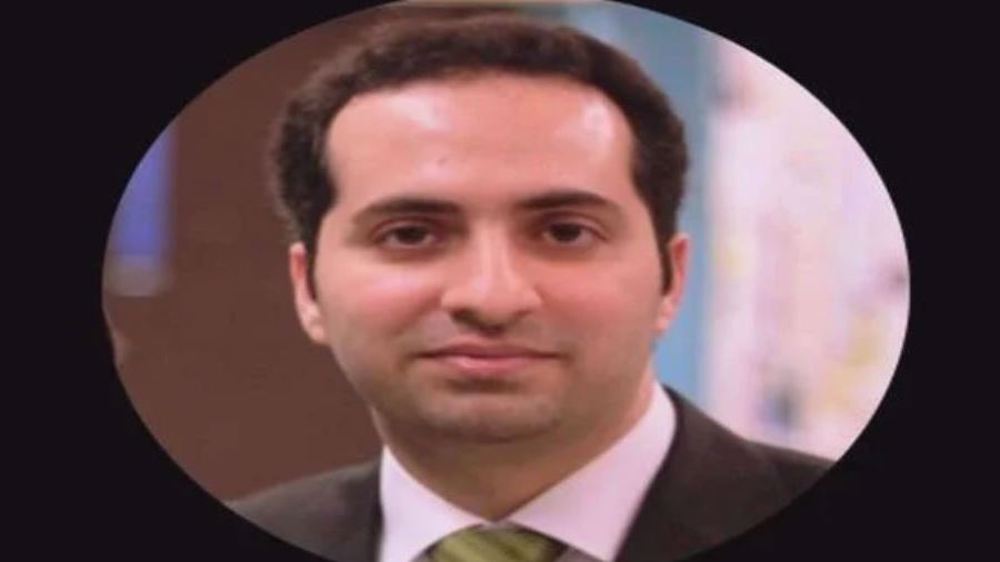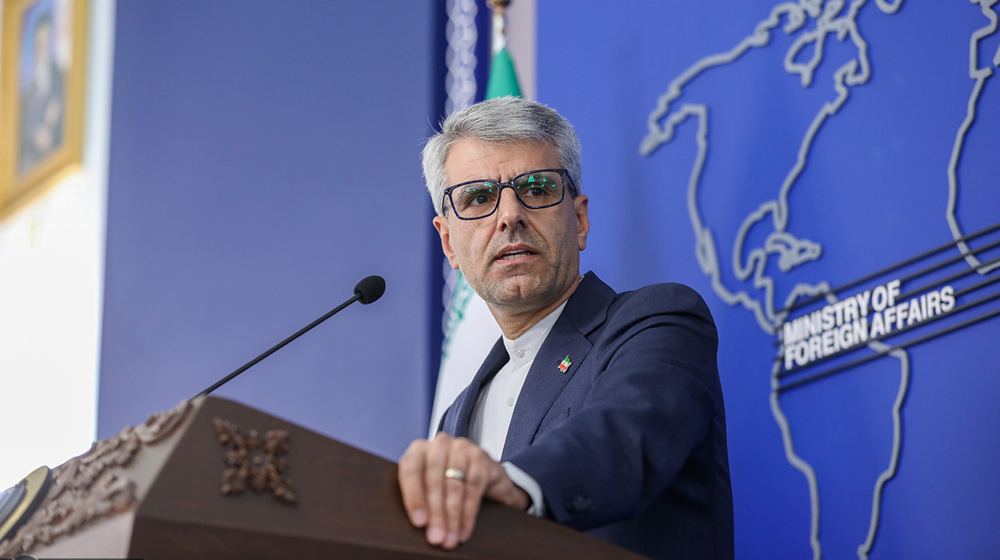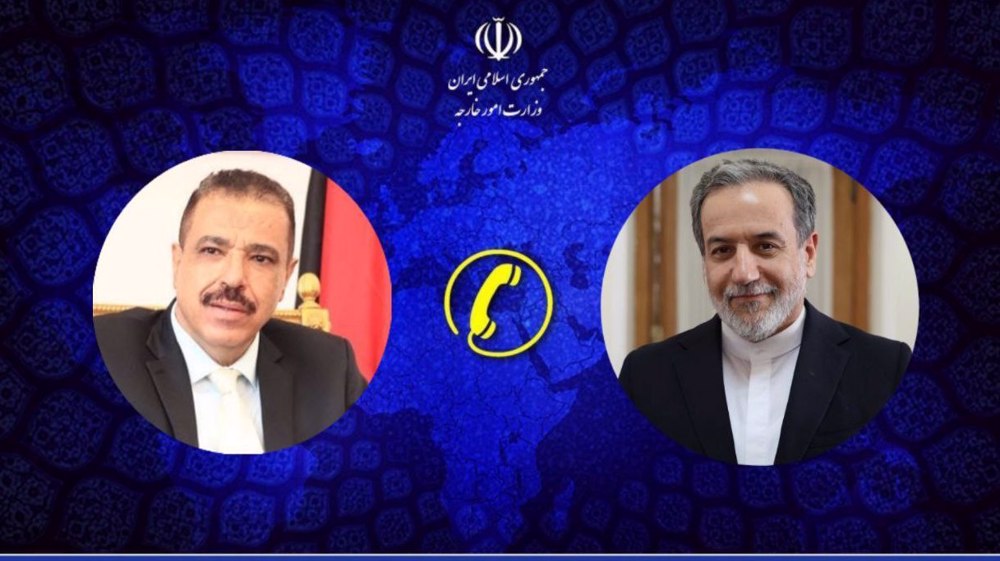A quick look at Iran's presidential inauguration
In May, Iran elected its seventh president. The incumbent Hassan Rouhani will take office on August 5 for another four-year term.
Here is a quick look at what precedes his official takeover of the administration, the 12th to come after the victory of the Islamic Revolution of 1979.
Endorsement
Iran’s Guardian Council, a body tasked with screening the entire election process in the country, should give its approval to the results before they can be deemed officially acceptable. The 12-member council, which includes top clerics and jurists, carefully studies reports relayed by monitors in provinces and then decides whether irregularities occurred. The 2017 presidential election was approved in the council in late June after it said irregularities were not frequent enough to affect the outcome of the vote.
Delegations from 100 states to attend @HassanRouhani ’s inauguration: Iranian MP https://t.co/JvCl4RJgS4#RouhaniInauguration2017 pic.twitter.com/acsLInDINL
— Press TV (@PressTV) August 2, 2017
Validation
The president-elect should also gain the approval of the Leader of the Islamic Revolution before he takes office. The term used to distinguish the process is Tanfiz, an Arabic word which means validation. In other words, the Leader validates the outcome of the popular vote by approving the president into office. The Leader of the Islamic Revolution Ayatollah Seyyed Ali Khamenei was himself validated into office two times in the 1980s when he was president under the founder of the Islamic Revolution Imam Khomeini. During his time of leadership, Ayatollah Khamenei has validated the presidency of four heads of state in seven presidential terms. Rouhani would be exposed to an eighth one on August 3, two days before he attends a parliament session for the final swearing-in ceremony.

Swearing-in
The Iranian parliament, officially known as the Islamic Consultative Assembly, or Majlis, hosts a swearing-in ceremony which serves as the official inauguration of the president. During the event, the head of Iran’s judiciary reads the oath of office which should be repeated word by word by the president-elect. The Speaker of Majlis, who also serves as the head of the lawmaking branch of the government, supervises the process performed by heads of the other two branches, namely the judiciary and the executive branch. That is how the president is sworn in and takes office. After the ceremony, the president would have two weeks to submit a list of his candidates to the parliament for occupying the ministerial portfolios in the Cabinet.

Reports in the Iranian media have indicated that this year’s swearing-in ceremony, to come on Saturday, August 5, would be attended by delegations from nearly 100 countries, including eight heads of state.
Saudi delegation meets HTS leader at presidential palace in Damascus
Relentless Israeli ceasefire violations justify need for self-defense: Lebanese MP
Tel Aviv tells Damascus Israeli forces will remain in occupied territory: Report
Dec. 22: ‘Axis of Resistance’ operations against Israeli occupation
‘Abhorrent’: Oxfam says only 12 trucks delivered aid in North Gaza since Oct.
VIDEO | Leader receives religious eulogists on Hazrat Fatima birth anniv.
Pope Francis slams Israel’s ‘machine-gunning’ of Gaza children
US hostage-taking of Iranian nationals violation of intl. law: Deputy FM










 This makes it easy to access the Press TV website
This makes it easy to access the Press TV website